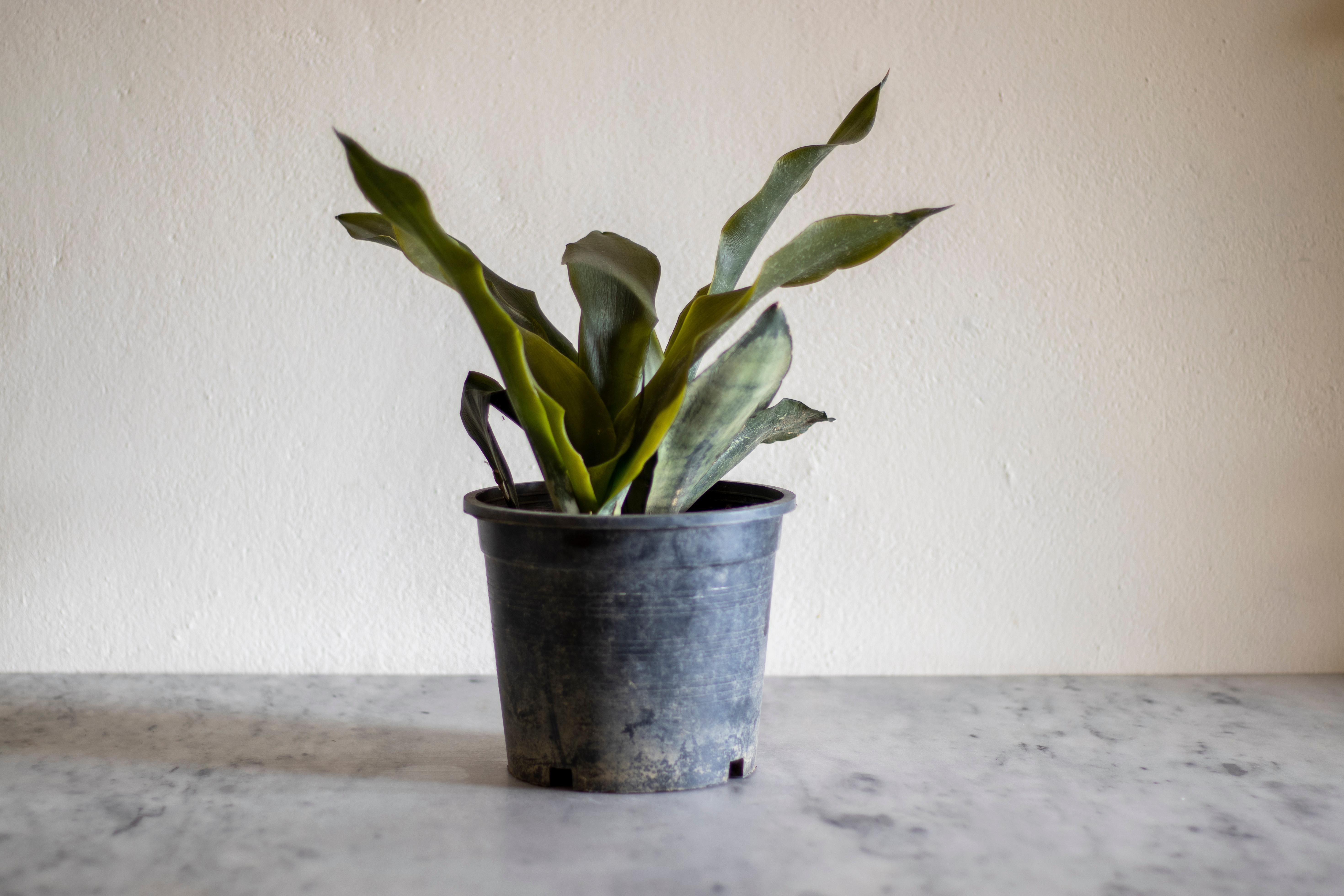Why is this happening?
Cold stress can severely damage your plant’s overall health, as it can lead to both overwatering and frost damage. Placing a plant in a drafty or low temperature area will reduce the amount of water your plant needs.
Symptoms
Showing signs of having been overwatered
Browning leaves
Black parts

What to do now
Move it from the source of the cold stress - attempt to find a less drafty area and move it to a warmer location in your home.
Make sure that your plant isn’t sitting in water. Ensure that your plant has sufficient drainage by checking that there are holes in the bottom of the pot.
If the soil is especially wet, it may be a good idea to gently remove your plant from its pot and place it on a paper towel for a few hours to allow it to dry out
Remove most of the badly affected parts of the plant, as they will never recover. If the damage isn’t too extensive, you can just carefully trim away the dead tissue from otherwise healthy parts of the plant.
A plant that's been severely damaged by cold temperatures or frost will be stressed for a time and need reduced watering.
Common questions
Are some plants more sensitive than others?
Some plants are more sensitive to cold than others, and each plant has a certain temperature range that it is able to withstand. For the most part, houseplants are typically tropical, meaning that they are best-suited to warmer temperatures all year round - between 65 - 80 °F (18 - 24 °C). If a plant is kept in conditions that are much too cold, it may suffer so much stress/damage that it dies. A plant might also get cold stress and damage due to sudden, drastic changes within the range it has potential to tolerate, if not acclimated slowly enough.